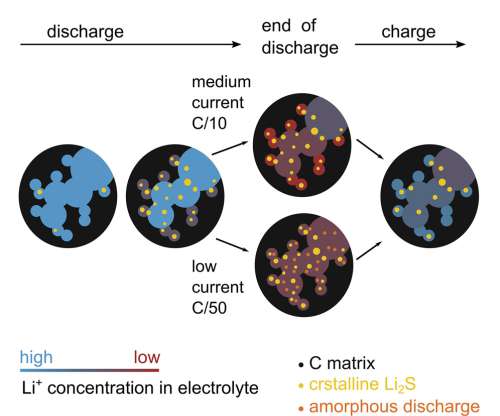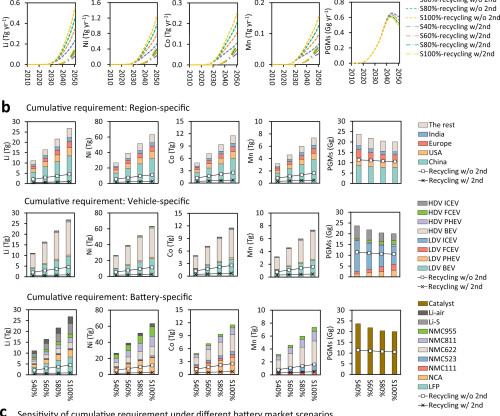RPI team develops method to use paper-making by-product in lithium-sulfur batteries
Green Car Congress
APRIL 3, 2018
Researchers at Rensselaer Polytechnic Institute (RPI) have now developed a method to use this cheap and abundant waste byproduct to build a components for lithium-sulfur batteries. When the sulfur loading was further increased to 68 wt%, the capacity still reaches as high as 1100 mA h g ?1 per cycle over 200 cycles.





































Let's personalize your content